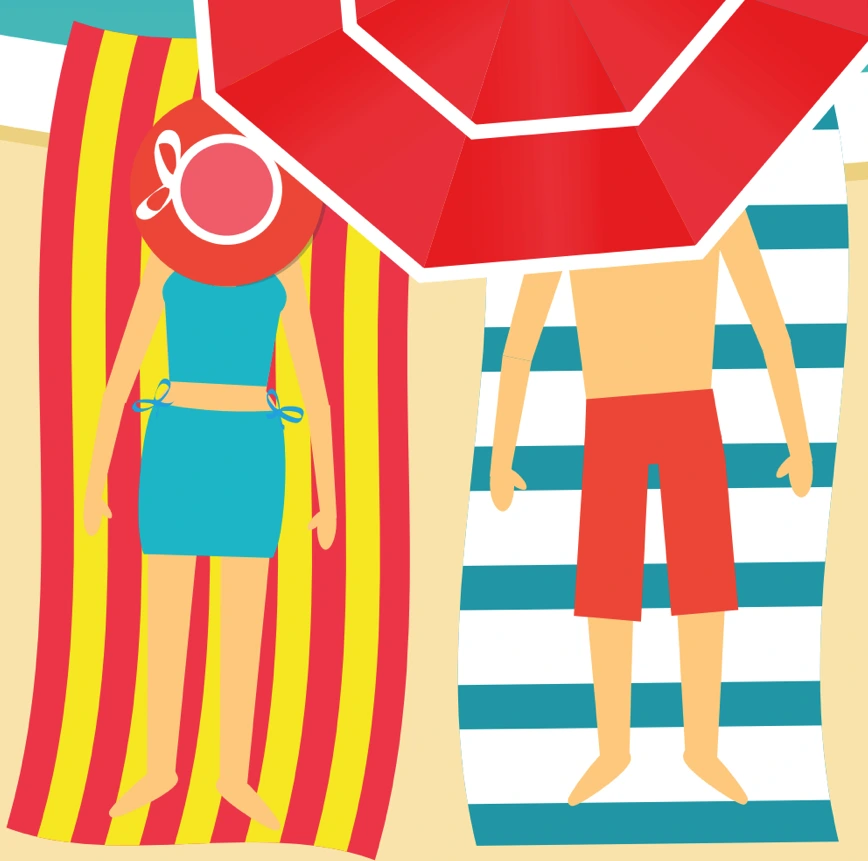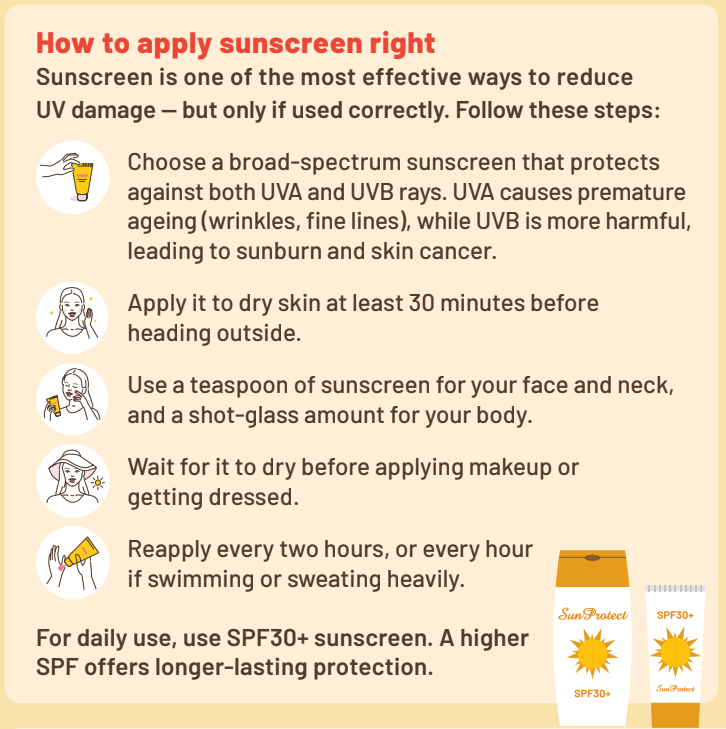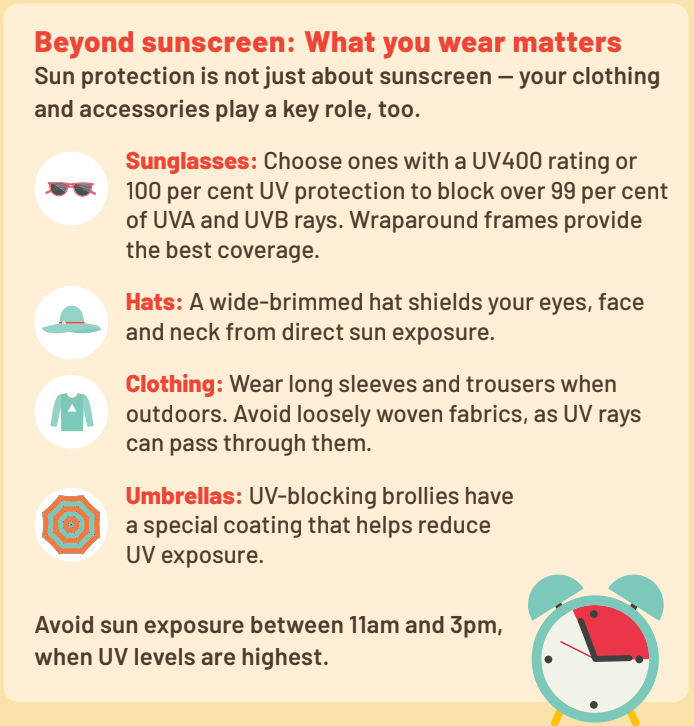News & Articles

Protecting Your Skin from UV Rays Near the Equator

Here’s how to guard yourself against UV exposure and sun damage all year round.
IF YOU LIVE NEAR THE EQUATOR OR ARE TRAVELLING TO A REGION WITH HIGH ULTRAVIOLET (UV) RADIATION, expect consistently strong sun exposure. In countries like Singapore and Indonesia, which are close to the equator, UV radiation levels frequently reach Very High or Extreme between 11am and 3pm, according to the National Environment Agency (NEA).
Developed by the World Health Organization, United Nations Environment Programme and World Meteorological Organization, the UV index measures UV radiation on a scale from 0 to beyond 11. A reading of 8 and above is considered Very High.
Frequent UV exposure increases the risk of premature ageing, pigmentation and skin cancer. Yet, a study by the National Skin Centre found that only 23.9 per cent of adults use sunscreen, while even fewer wear sun hats (14.2 per cent) or carry umbrellas (18.8 per cent).
According to Worldwide Cancer Research, more than 80 per cent of skin cancers are caused by UV exposure. Sunburn increases this risk, but even on cloudy days, UV rays penetrate clouds and windows. Daily protection is key.



| POSTED IN | Cancer Prevention |
| TAGS | prevent cancer, skin cancer |
| PUBLISHED | 01 May 2025 |
